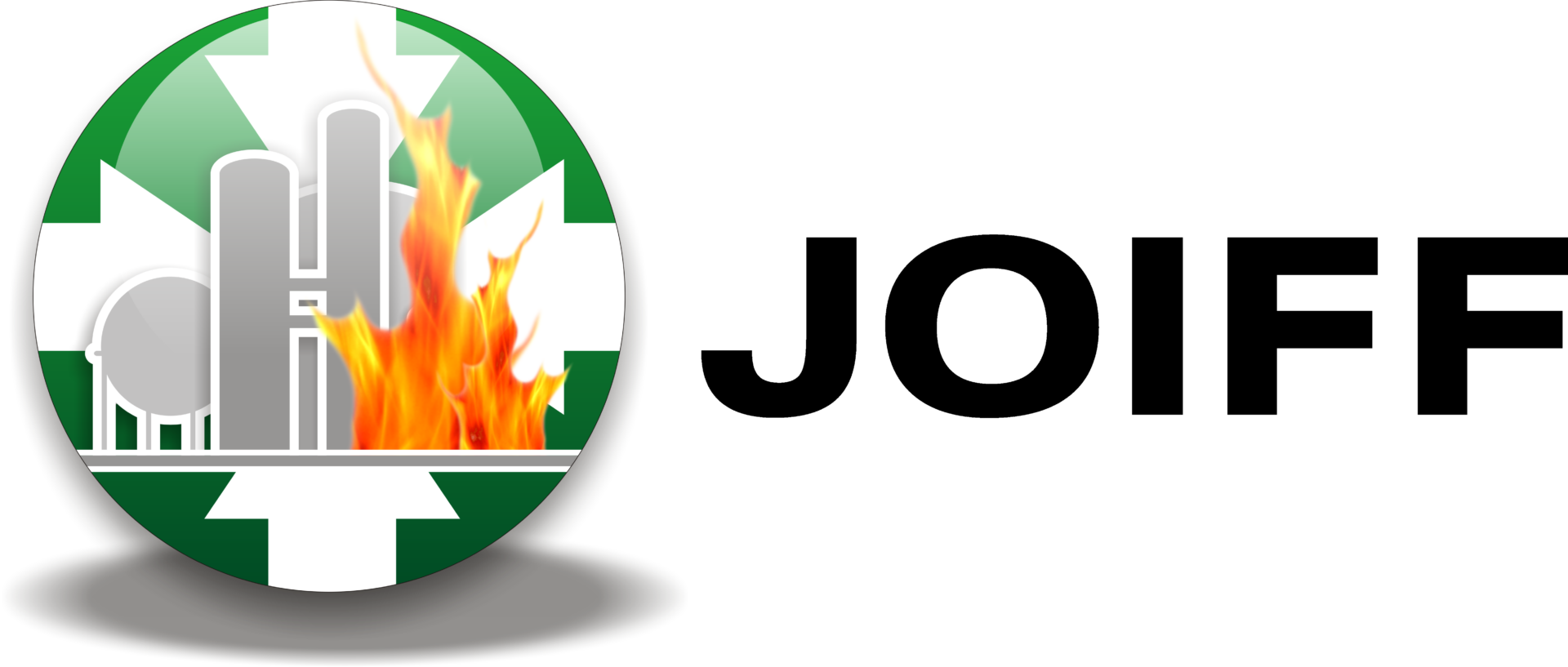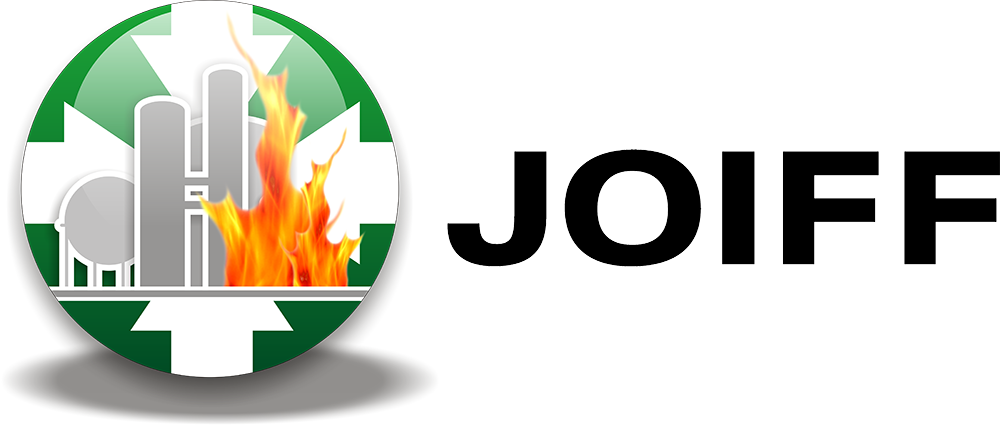Process Safety Beacon: See Something, Say Something
An audit team was touring a newly installed load/unload station. A team member saw two hose reels near the station, both with the same-colored hose and the same connectors. One was labeled compressed air; the other nitrogen. A team member asked how the hoses were used. The air hose was for use with pneumatic tools and the nitrogen to inert tank trucks during loading.
The team member pointed out that if those identical hoses were reversed, a tank truck that was supposed to be nitrogen-inertedcould instead be in the flammable range. No one during the design reviews or the Prestart-up Safety Review identified this hazard. The air hose was locked out until the situation could be implemented and reviewed using MOC. A second hazard also existed. If someone connected nitrogen to an air-powered tool, they could be exposed to an oxygen-deficient atmosphere and pass out.
This is an example of someone asking a simple question that may have prevented two potentially serious incidents. It emphasizes the need to speak up when something appears to be incorrect.
Did you know?
- A weak signal is an indication that something may be wrong. In Figure 1, the weak signal is identical hoses and the potential to use the wrong one.
- Equipment that is making a different noise or vibrating are both weak signals that something is wrong and needs attention.
- Weak signals often increase until they become a strong signal –an equipment failure or leak that cannot be ignored.
- Many major incidents had weak signals or warning signs that were ignored before the incident. After the incident, these signals were obvious.
- Notify others about a weak signal. It is better to review the situation and know it’s OK versus hoping it’s not important.
- People notice differences, but the hazard will only be addressed if those differences are raised to someone who can correct them.
- A poorly written procedure is also a weak signal. They may be fine for an experienced operator but confuse a newer employee.
What can you do?
- When you see something that does not seem correct, notify the area supervisor. They can bring the right resources to review this situation and start repairs if needed.
- During rounds or field inspections watch for thingsthat changed since your last inspection. Note them and ask about it.
- Confusing procedures should be corrected. If adding a diagram or picture would improve the procedure, suggest that to your supervisor.
- Watch for specific issues while in the field –open electric boxes, sample taps with no plug, or unreadable gauges are all situations that need to be corrected to prevent a possible incident.
If something looks wrong -ASK! You may save a life!

